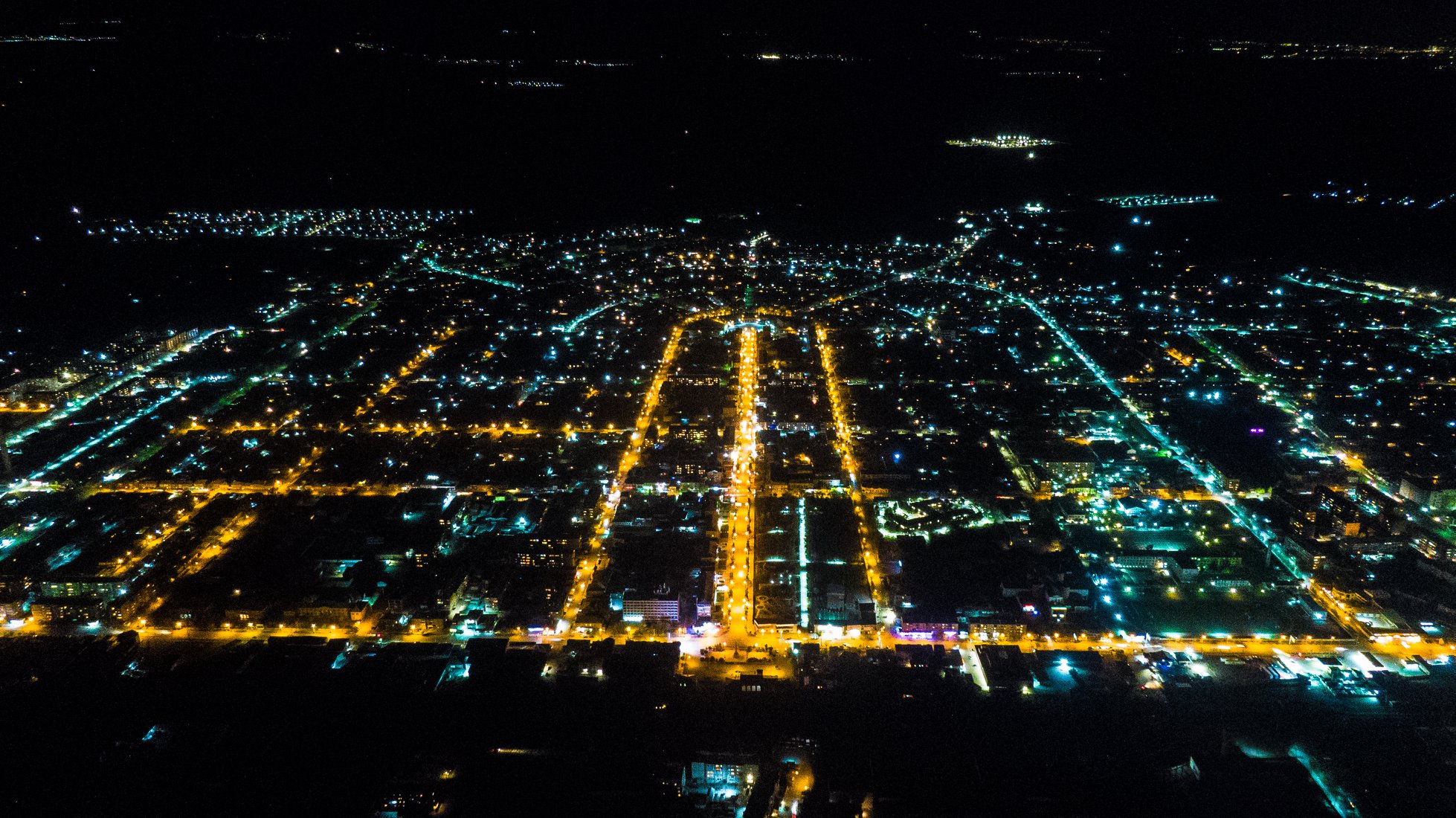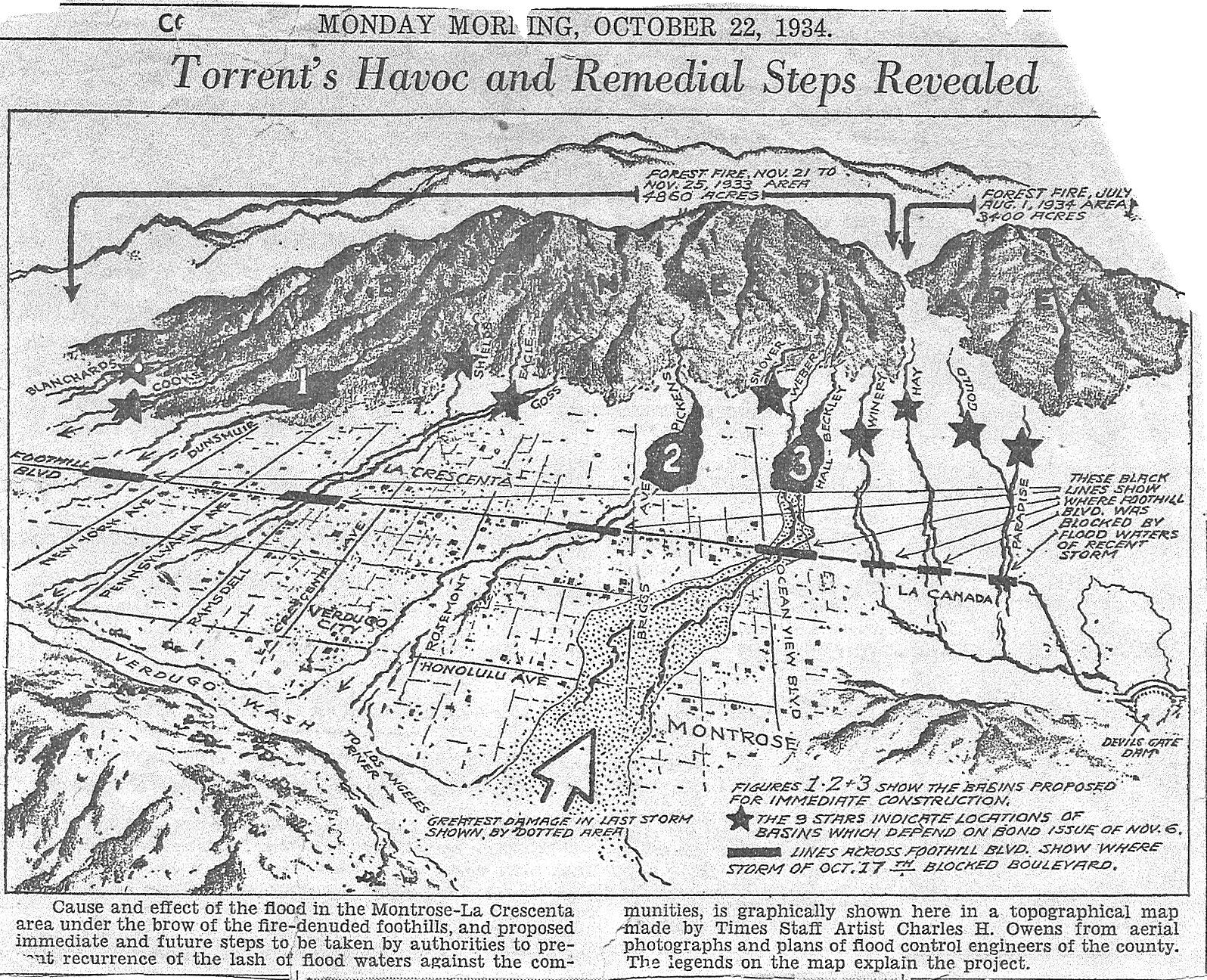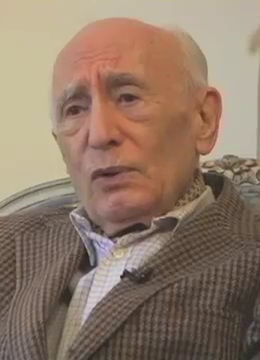|
Sarkis Djanbazian
Sarkis Djanbazian ( hy, Սարգիս Ջանբազյան; fa, سرکیس جانبازیان), also written as Sarkis Janbazian, (15 January 1913 in Armavir – 11 December 1963 in Tehran) was a Russian-born Iranian-Armenian artist. He was the first male ballet master, dancer, choreographer, producer, as well as the founder of a ballet academy in Iran. Biography Sarkis Djanbazian was born in Armavir, then part of the Russian Empire (now Armenia). As the ''Encyclopedia Iranica'' states, from early childhood, Djanbazian took an avid interest in the arts, especially in dance. After graduating from high school, he went to Leningrad (St. Petersburg at the time) to study dance. He graduated from Vaganova Dance Academy of Leningrad on 14 January 1936 and from Lesgaf University with a Masters of Arts degree on 15 November 1936. After graduation, he worked as a principal dancer, choreographer, and artistic director in Kirov Theatre in Leningrad until July 1938. As the Russian Commu ... [...More Info...] [...Related Items...] OR: [Wikipedia] [Google] [Baidu] |
Armavir, Armenia
Armavir ( hy, Արմավիր), is a town and urban municipal community located in the west of Armenia serving as the administrative centre of Armavir Province. It was founded in 1931 by the government of the Armenian Soviet Socialist Republic. As of the 2011 census, the population of the town is 29,319, declined from 46,900 reported at the 1989 census. Currently, the town has a population of 37,053 as per the 2019 official estimate. The town was known as Sardarabad before 1935, and Hoktemberyan from 1935 to 1995. Currently, Armavir is the seat of the Diocese of Armavir of the Armenian Apostolic Church. Etymology Founded in 1931 as Sardarabad, the town was known as Hoktemberyan (meaning the ''city of October'') between 1935 and 1995, named in honor of the October Revolution. In 1992, the town was named Armavir by the government of independent Armenia, after the nearby ancient city of Armavir, that was founded in the 8th century BC by King Argishti I of Urartu, and became the ... [...More Info...] [...Related Items...] OR: [Wikipedia] [Google] [Baidu] |
Qazvin
Qazvin (; fa, قزوین, , also Romanized as ''Qazvīn'', ''Qazwin'', ''Kazvin'', ''Kasvin'', ''Caspin'', ''Casbin'', ''Casbeen'', or ''Ghazvin'') is the largest city and capital of the Province of Qazvin in Iran. Qazvin was a capital of the Safavid dynasty for over forty years (1555–1598) and nowadays is known as the calligraphy capital of Iran. It is famous for its traditional confectioneries (like Baghlava), carpet patterns, poets, political newspaper and Pahlavi influence on its accent. At the 2011 census, its population was 381,598. Located in northwest of Tehran, in the Qazvin Province, it is at an altitude of about above sea level. The climate is cold but dry, due to its position south of the rugged Alborz range called KTS Atabakiya. History Qazvin has sometimes been of central importance at major moments of Iranian history. It was captured by invading Arabs (644 AD) and destroyed by Hulagu Khan (13th century). In 1555, after the Ottoman capture of Tabriz, Shah ... [...More Info...] [...Related Items...] OR: [Wikipedia] [Google] [Baidu] |
Armenian Male Dancers
Armenian may refer to: * Something of, from, or related to Armenia, a country in the South Caucasus region of Eurasia * Armenians, the national people of Armenia, or people of Armenian descent ** Armenian Diaspora, Armenian communities across the world * Armenian language, the Indo-European language spoken by the Armenian people ** Armenian alphabet, the alphabetic script used to write Armenian ** Armenian (Unicode block) * Armenian Apostolic Church * Armenian Catholic Church People * Armenyan, or in Western Armenian, an Armenian surname **Haroutune Armenian (born 1942), Lebanon-born Armenian-American academic, physician, doctor of public health (1974), Professor, President of the American University of Armenia **Gohar Armenyan (born 1995), Armenian footballer **Raffi Armenian (born 1942), Armenian-Canadian conductor, pianist, composer, and teacher Others * SS ''Armenian'', a ship torpedoed in 1915 See also * * Armenia (other) * Lists of Armenians This is a list o ... [...More Info...] [...Related Items...] OR: [Wikipedia] [Google] [Baidu] |
1963 Deaths
Events January * January 1 – Bogle–Chandler case: Commonwealth Scientific and Industrial Research Organisation scientist Dr. Gilbert Bogle and Mrs. Margaret Chandler are found dead (presumed poisoned), in bushland near the Lane Cove River, Sydney, Australia. * January 2 – Vietnam War – Battle of Ap Bac: The Viet Cong win their first major victory. * January 9 – A total penumbral lunar eclipse is visible in the Americas, Europe, Africa, and Asia, and is the 56th lunar eclipse of Lunar Saros 114. Gamma has a value of −1.01282. It occurs on the night between Wednesday, January 9 and Thursday, January 10, 1963. * January 13 – 1963 Togolese coup d'état: A military coup in Togo results in the installation of coup leader Emmanuel Bodjollé as president. * January 17 – A last quarter moon occurs between the penumbral lunar eclipse and the annular solar eclipse, only 12 hours, 29 minutes after apogee. * January 19 – Soviet spy Gheorghe ... [...More Info...] [...Related Items...] OR: [Wikipedia] [Google] [Baidu] |
1913 Births
Events January * January 5 – First Balkan War: Battle of Lemnos – Greek admiral Pavlos Kountouriotis forces the Turkish fleet to retreat to its base within the Dardanelles, from which it will not venture for the rest of the war. * January 13 – Edward Carson founds the (first) Ulster Volunteer Force, by unifying several existing loyalist militias to resist home rule for Ireland. * January 23 – 1913 Ottoman coup d'état: Ismail Enver comes to power. * January – Stalin (whose first article using this name is published this month) travels to Vienna to carry out research. Until he leaves on February 16 the city is home simultaneously to him, Hitler, Trotsky and Tito alongside Berg, Freud and Jung and Ludwig and Paul Wittgenstein. February * February 1 – New York City's Grand Central Terminal, having been rebuilt, reopens as the world's largest railroad station. * February 3 – The 16th Amendment to the United S ... [...More Info...] [...Related Items...] OR: [Wikipedia] [Google] [Baidu] |
Soviet Union
The Soviet Union,. officially the Union of Soviet Socialist Republics. (USSR),. was a transcontinental country that spanned much of Eurasia from 1922 to 1991. A flagship communist state, it was nominally a federal union of fifteen national republics; in practice, both its government and its economy were highly centralized until its final years. It was a one-party state governed by the Communist Party of the Soviet Union, with the city of Moscow serving as its capital as well as that of its largest and most populous republic: the Russian SFSR. Other major cities included Leningrad (Russian SFSR), Kiev (Ukrainian SSR), Minsk ( Byelorussian SSR), Tashkent (Uzbek SSR), Alma-Ata (Kazakh SSR), and Novosibirsk (Russian SFSR). It was the largest country in the world, covering over and spanning eleven time zones. The country's roots lay in the October Revolution of 1917, when the Bolsheviks, under the leadership of Vladimir Lenin, overthrew the Russian Provisional Government ... [...More Info...] [...Related Items...] OR: [Wikipedia] [Google] [Baidu] |
La Crescenta, California
La Crescenta-Montrose () is an unincorporated area in Los Angeles County, California, Los Angeles County, California, United States. The community is bordered by Glendale, California, Glendale to the south and west, La Cañada Flintridge, California, La Cañada Flintridge to the east, and Angeles National Forest to the north. According to the United States Census Bureau, the La Crescenta-Montrose Census-designated place, Census-Designated Place (CDP) measures about , and the population was 19,997 at the 2020 census, up from 19,653 in 2010 and 18,532 in 2000. Geography La Crescenta-Montrose encompasses those parts of the Crescenta Valley, northwestern San Rafael Hills, and northeastern Verdugo Mountains not within the cities of Glendale or La Cañada Flintridge. For statistical purposes, the United States Census Bureau has defined La Crescenta-Montrose as a CDP. La Crescenta-Montrose is bordered on the north by the San Gabriel Mountains and Angeles National Forest, on the east b ... [...More Info...] [...Related Items...] OR: [Wikipedia] [Google] [Baidu] |
Shahnameh
The ''Shahnameh'' or ''Shahnama'' ( fa, شاهنامه, Šāhnāme, lit=The Book of Kings, ) is a long epic poem written by the Persian poet Ferdowsi between c. 977 and 1010 CE and is the national epic of Greater Iran. Consisting of some 50,000 "distichs" or couplets (two-line verses), the ''Shahnameh'' is one of the world's longest epic poems. It tells mainly the mythical and to some extent the historical past of the Persian Empire from the creation of the world until the Muslim conquest in the seventh century. Iran, Azerbaijan, Afghanistan, Tajikistan and the greater region influenced by Persian culture such as Armenia, Dagestan, Georgia, Turkey, Turkmenistan and Uzbekistan celebrate this national epic. The work is of central importance in Persian culture and Persian language, regarded as a literary masterpiece, and definitive of the ethno-national cultural identity of Iran. It is also important to the contemporary adherents of Zoroastrianism, in that it traces the historical ... [...More Info...] [...Related Items...] OR: [Wikipedia] [Google] [Baidu] |
Ehsan Yarshater
Ehsan Yarshater ( fa, احسان يارشاطر, April 3, 1920 – September 1, 2018) was an Iranian historian and linguist who specialized in Iranology. He was the founder and director of The Center for Iranian Studies, and Hagop Kevorkian Professor Emeritus of Iranian Studies at Columbia University. He was the first Persian full-time professor at a U.S. university since World War II. He was one of the 40 editors of the ''Encyclopædia Iranica'', with articles by 300 authors from various academic institutions. He also edited the third volume of the Cambridge History of Iran, comprising the history of the Seleucid, the Parthians, and the Sassanians, and a volume entitled ''Persian Literature''. He was also an editor of a sixteen-volume series named ''History of Persian Literature''. He had won several International awards for scholarship, including a UNESCO award in 1959, and the Giorgio Levi Della Vida Medal for Achievement in Islamic Studies from UCLA in 1991. Lecture series in ... [...More Info...] [...Related Items...] OR: [Wikipedia] [Google] [Baidu] |
Persian Language
Persian (), also known by its endonym Farsi (, ', ), is a Western Iranian language belonging to the Iranian branch of the Indo-Iranian subdivision of the Indo-European languages. Persian is a pluricentric language predominantly spoken and used officially within Iran, Afghanistan, and Tajikistan in three mutually intelligible standard varieties, namely Iranian Persian (officially known as ''Persian''), Dari Persian (officially known as ''Dari'' since 1964) and Tajiki Persian (officially known as ''Tajik'' since 1999).Siddikzoda, S. "Tajik Language: Farsi or not Farsi?" in ''Media Insight Central Asia #27'', August 2002. It is also spoken natively in the Tajik variety by a significant population within Uzbekistan, as well as within other regions with a Persianate history in the cultural sphere of Greater Iran. It is written officially within Iran and Afghanistan in the Persian alphabet, a derivation of the Arabic script, and within Tajikistan in the Tajik alphabet, a der ... [...More Info...] [...Related Items...] OR: [Wikipedia] [Google] [Baidu] |
Iranian Culture
The culture of Iran () or culture of PersiaYarshater, Ehsa, ''Iranian Studies'', vol. XXII no. 1 (1989) is among the most influential in the world. Iran, also known as Persia, is widely considered to be one of the Cradle of civilization, cradles of civilization. Due to its dominant Geopolitics, geopolitical position in the world, it has heavily influenced peoples and cultures situated as far away as Southern Europe and Eastern Europe to the west; Central Asia to the north; the Arabian Peninsula to the south; and South Asia, East Asia, and Southeast Asia to the east. History of Iran, Iranian history has had a significant impact on the world through Persian art, art, Iranian architecture, architecture, Persian literature, poetry, Science and technology in Iran, science and technology, Ancient Iranian medicine, medicine, Iranian philosophy, philosophy, and History of engineering, engineering. An eclectic cultural elasticity has been said to be one of the key defining characteristic ... [...More Info...] [...Related Items...] OR: [Wikipedia] [Google] [Baidu] |








